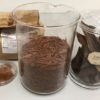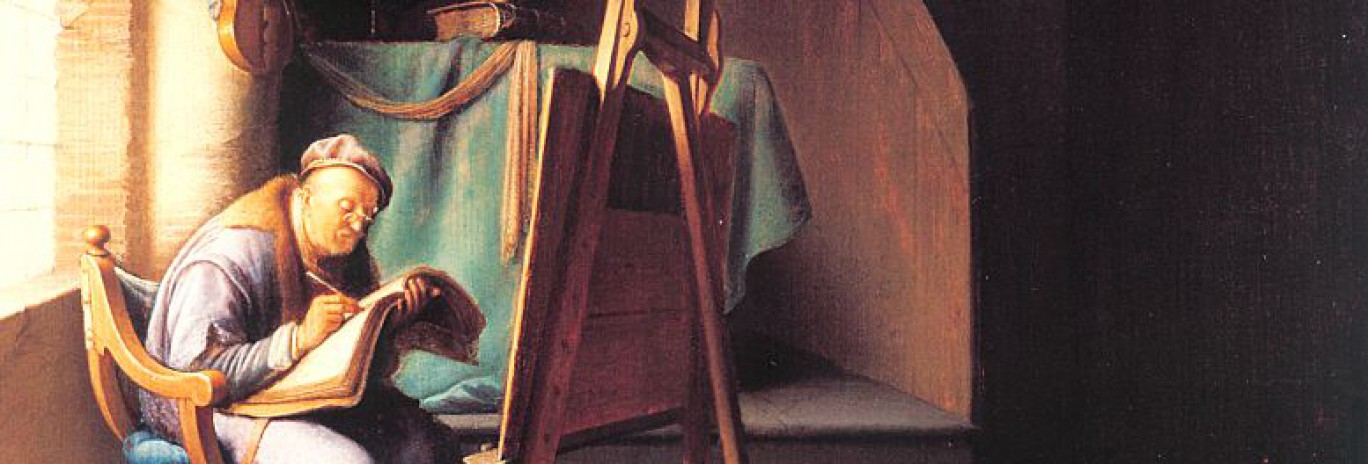Blogs

The Devil is in the Details: Turpentine Varnish
*This post first appeared on The Recipes Project on 5 June 2018* By Marieke Hendriksen One of the first things you learn when you do reconstruction research is that the tiniest detail can make a difference. Recently, I wanted to prepare an injection wax for corrosion preparations according to a 1790 recipe. Corrosion preparations are anatomical preparations created…
Read more
Vicissitudes in Soldering: Reading and Working with a Historical Gold- and Silversmithing Manual
*This blog was cross-posted on the website of The Recipes Project and the History of Knowledge Blog on 10/05/2018* By Thijs Hagendijk and Tonny Beentjes In 1721, the Dutch craftsman (1674-1722) published a Guidebook for Upcoming Gold- and Silversmiths. Intended as a manual to educate young novices, the Guidebook discussed a variety of different practices, techniques, and…
Read more
Michael Faraday and the Chemistry of the Elgin Marbles
By Mariana Pinto In 1837, the English chemist Michael Faraday (1791-1867) sent two letters as a response to the committee in charge of the examination of the famous and controversial Elgin marbles displayed at the British Museum (image 1). The marbles can still be appreciated in the museum nowadays. The reason for this examination was…
Read more
‘The Art of Dyeing Silk – Workshop on Colour Reproductions of Historical Recipes and Dialogue about Practical Skills
*This blog was originally published on the Textiles, Trade & Taste website on 16/02/2018* By Art Proaño Gaibor, Ana Serrano and Jenny Boulboullé On 10 November 2017, the Cultural Heritage Agency of the Netherlands (Rijksdienst voor het Culturele Erfgoed, RCE) organized a pilot workshop on current methodologies of historical reconstructions. Eight participants discussed the importance…
Read more
Re-working with Makers (Part 2)
By Sven Dupré While in art history the potential of performative methods might not yet be fully realized, re-enactment, reconstruction, replication, reproduction or re-working, has become a complementary tool of historical inquiry across the wide domain of the humanities from the history of science and technology to archeology to musicology to conservation and restoration. However,…
Read more

